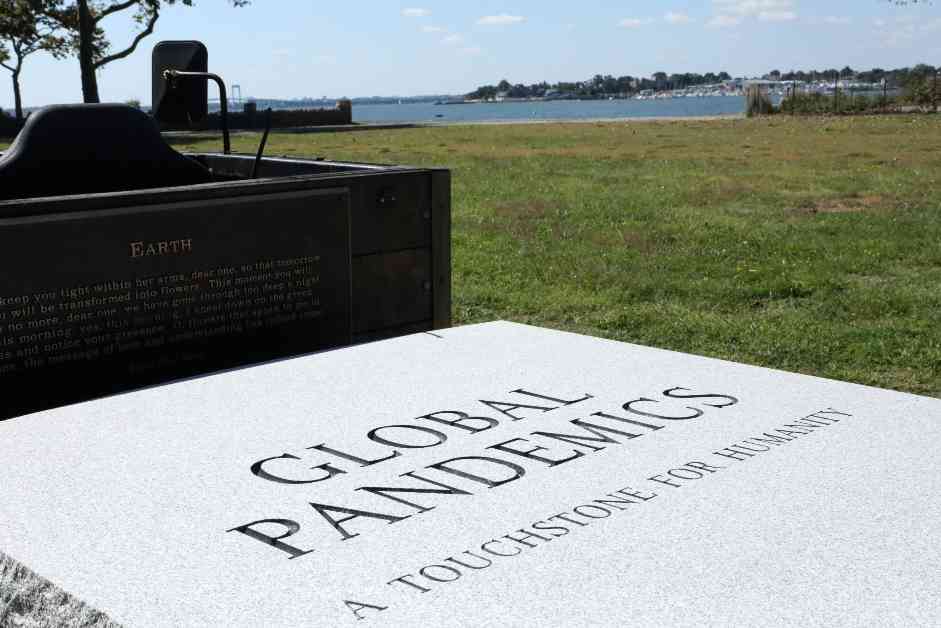A short ferry ride from City Island across the Long Island Sound sits one of New York City’s newest parks — that’s also the nation’s largest common grave with over a million New Yorkers buried there since 1868. Hart Island is partly forested but boasts large open fields where geese meander and osprey swoop overhead, with a rocky shoreline overlooking sweeping views of the Long Island Sound. Small white stones mark decades of mass graves across the fields.
Until 2021, the Island had been run by the Department of Correction, which used inmate labor to dig mass graves. But that year, a City Council law shifted control of the island to the Department of Parks and Recreation, charged with making the previously inaccessible space into a public park. The Human Resources Administration, the city’s public assistance agency, now runs the burial operation for bodies that remain unclaimed or whose family members couldn’t afford other options. The dead are interred in pine caskets, which are cheaper and more eco-friendly than traditional cremations or burials.
In addition to two graveside visits each month for people whose loved ones are buried there, since last November Urban Park Rangers have been leading public tours of the island to a limited number of people on two visits each month as a first step toward making the long uninhabited island more accessible to the general public. Since guided tours began last fall, 513 visitors have toured the island indicating it remains a rare experience.
On a press tour Tuesday intended to give a sense of the island’s history as well as the Parks Department’s ambitions for its future, rangers led journalists past a monument to peace built by Rikers Island inmates in 1948 and the site of a 1950’s-era Nike missile defense system. A former anti-aircraft missile site sat on Harts Island during the Cold War. Two deep, freshly dug trenches were visible on the visit, but Parks Department spokesperson Gregg McQueen requested no photos or videos be taken “out of respect for the deceased.” The Parks rangers deferred all questions about burials to HRA, which did not have a representative on the tour.
The Parks Department is expected to unveil its master plan for the island’s future by next year, which is intended to improve the “visitor experience,” including with a public bathroom, and to make the island more resilient to climate change. But while that plan is still in the works, with a public comment session due later this year, the number of bodies placed in each mass grave was quietly increased to 200 caskets per trench from what had been a standard of 150, according to a recent report. This move is aimed at extending the number of years the island can be used as an interment site without running out of space.
Advocates with the Hart Island Project are pushing the city to reconsider its century-old system of mass burials. Instead, they are advocating for individual grave sites that could be reused in perpetuity with the help of a process called “lift and deepen.” Founder Melinda Hunt and others are pushing for a more humane burial system and have conducted a feasibility study to support their claims.
Family members, close friends, and partners of loved ones buried on Hart Island can schedule graveside visitations online or by calling 212-360-3428. There are two separate guided tours of Hart Island led by Urban Park Rangers for members of the public each month. Visitors have to register for the tour in advance through the Parks Department, and capacity is limited to about 30 people per trip.

